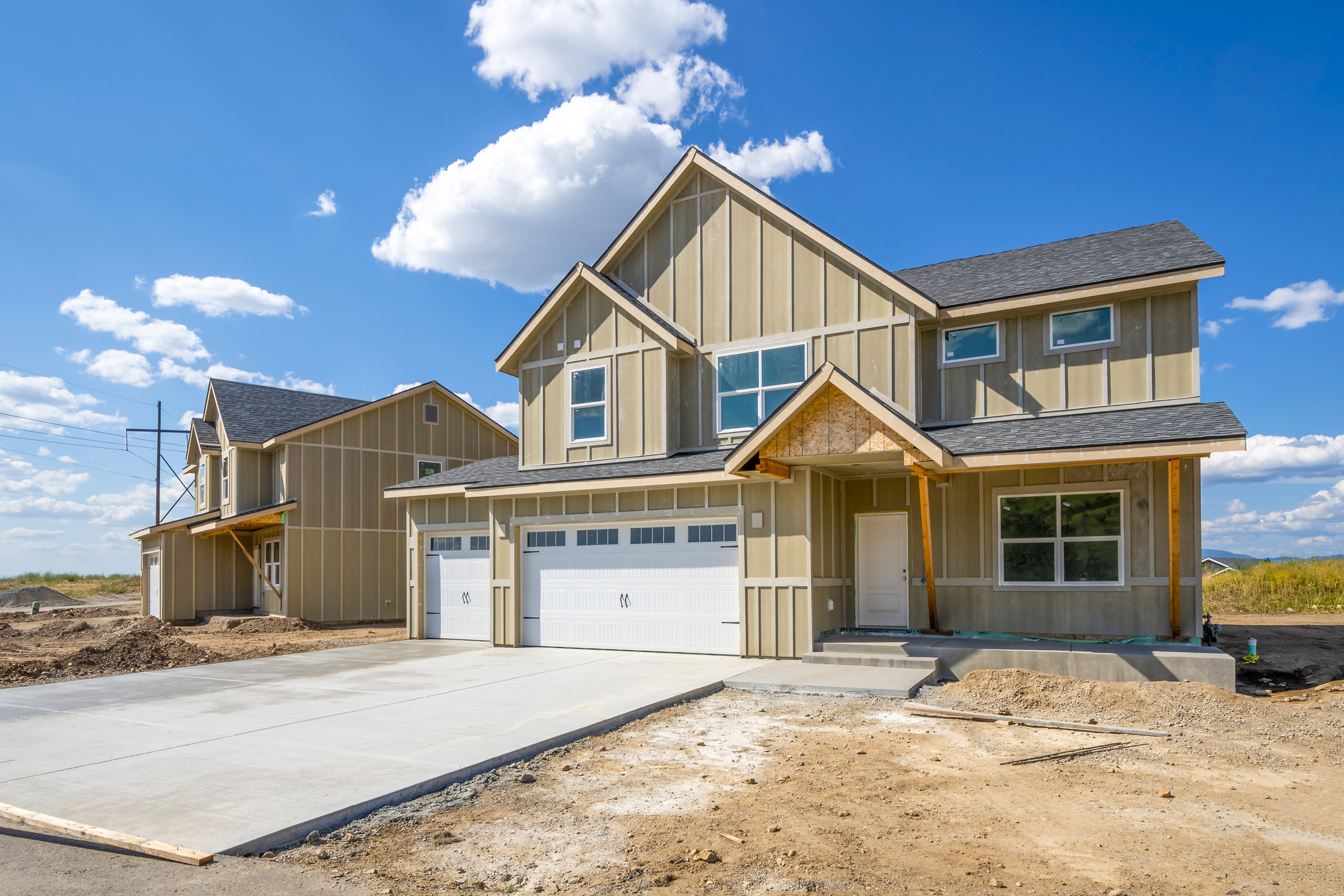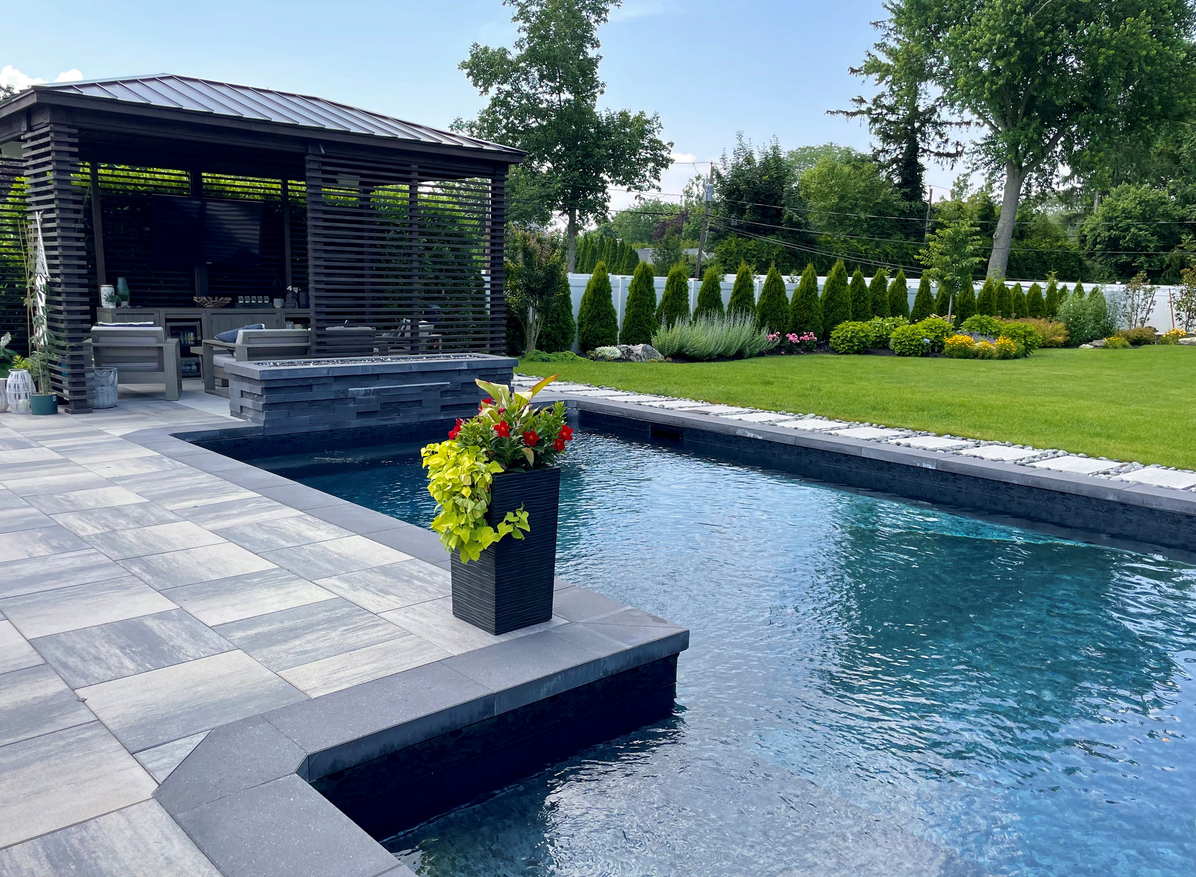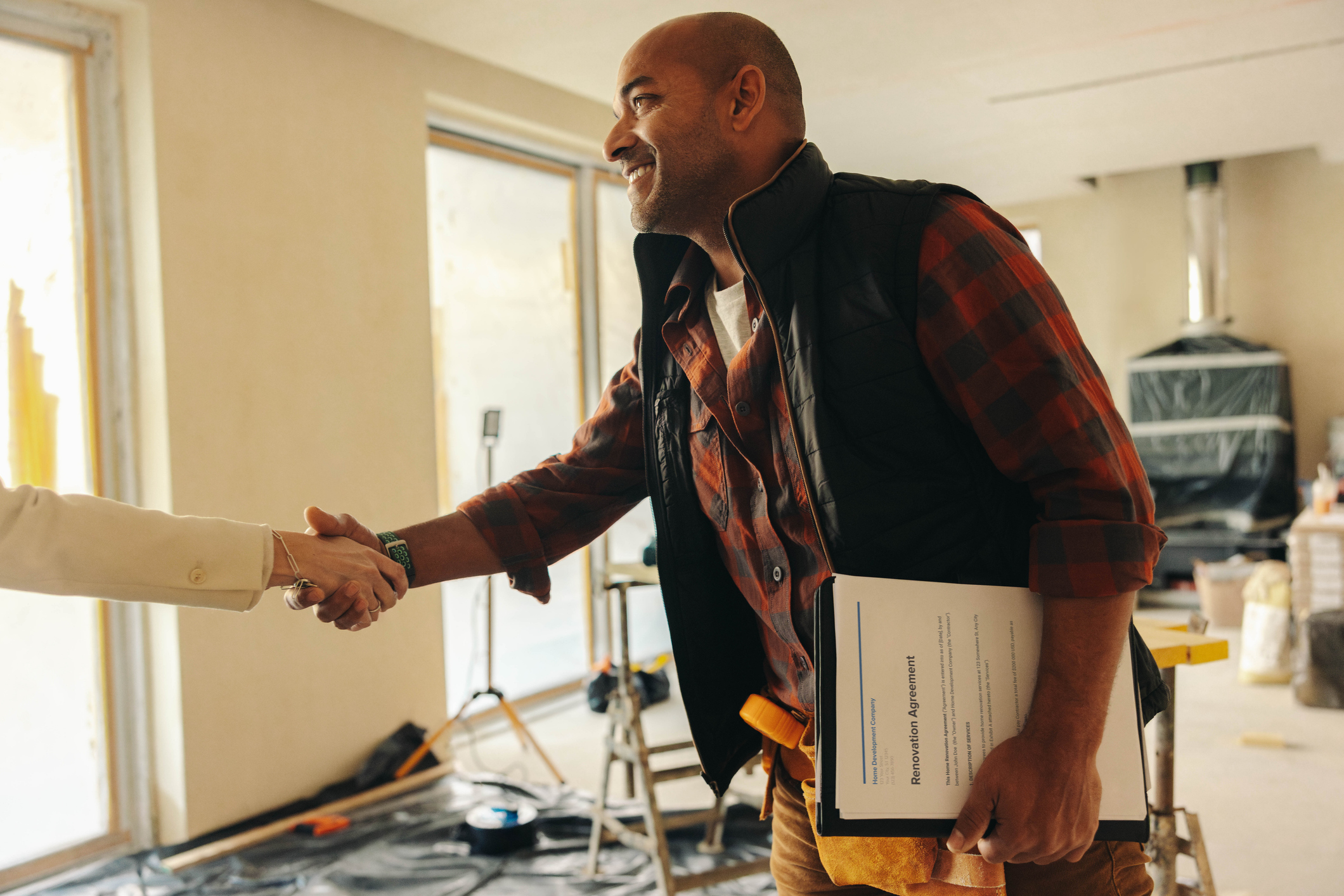When you talk to people who’ve built custom homes, you start hearing the same themes. Most expected a joyful and exciting experience building their dream. However, many ended up overwhelmed. And nearly all walked away saying: “I wish I’d known that before we started.”
At Scopewell Residential, we’ve spent hours listening to homeowners share what worked, what went wrong, and what they’d absolutely do differently next time. The advice below comes straight from those real-world stories.
If you’re just getting started on your custom home journey, this is your shortcut: the 10 things seasoned homeowners would tell you before you build.
1. Prioritize Where You Spend
Key takeaway: Don’t trim the finishes - cut from the top.
Start by listing all the features and materials you want, then sort them by total cost. Most homeowners instinctively cut finishes to save money, but:
- Downgrading tile or fixtures rarely saves much
- These are the elements you interact with daily
- You may end up with a house that feels “value engineered”
Instead:
- Trim back high-cost line items like roofline complexity, oversized garages, or exterior cladding upgrades
- Make aesthetic decisions intentionally - not in a panic at the end of the build
✅ Action: Create a spreadsheet listing every feature you want with rough pricing, and highlight what you touch and see daily - those should stay high-priority.
2. Build a Smaller Footprint
Key takeaway: Slightly smaller rooms = major cost savings.
Many people overbuild “just in case.” But oversized rooms don’t feel better - they just cost more:
- Guest rooms rarely need to be huge
- Formal dining rooms often go unused
- Bathrooms with too much empty space can feel impersonal
By trimming even 5–10% off room sizes, some homeowners saved tens of thousands - without sacrificing function or feel.
✅ Action: Review your floor plan and reduce every non-essential room by 1–2 feet in each direction - then ask your builder for an updated cost estimate.
3. Design for Energy Performance
Key takeaway: Insulate and seal like it’s your forever home.
Energy efficiency upgrades are easy to skip when budgets get tight - but they’re also what you’ll feel every single day:
- Proper air sealing and insulation = year-round comfort
- Smart HVAC design = better air quality and lower bills
- Going beyond code pays dividends for decades
This is one of the smartest places to splurge - especially if you're building in extreme climates like Texas.
✅ Action: Ask your builder or architect for a Manual J HVAC load calculation and request insulation specs that exceed local code minimums.
4. Future-Proof for EVs, Solar, and Tech
Key takeaway: Run the conduit now - use it later.
Even if you don’t need it today, your future self might:
- Add a 200-amp or 400-amp panel to support EVs and solar
- Run conduit from garage to attic for solar wiring or future subpanels
- Pre-wire Cat6 and ceiling drops for mesh Wi-Fi or smart home gear
These are cheap when the walls are open, and expensive to retrofit.
✅ Action: Mark “future tech” locations on your electrical plan (EV chargers, solar panels, mesh Wi-Fi) and run conduit during rough-in - even if you cap it for now.
5. Design Around Daily Life
Key takeaway: Walk your routine on paper - before it’s framed.
One of the most practical planning tools? Sit down and mentally walk through a weekday and weekend:
- Where do groceries get dropped off?
- Where are coats, backpacks, and mail sorted?
- Where do you charge your phone at night?
Homes that “flow well” aren’t accidents - they’re the result of someone thinking through these exact moments.
✅ Action: Write out a morning and evening routine for your family, and use it to flag layout gaps - like drop zones, charging stations, or laundry traffic.
6. Don’t Oversize Rooms
Key takeaway: Bigger is not always better - especially with bedrooms.
Several homeowners ended up with:
- Bedrooms too large to feel cozy
- Unused corners that became clutter zones
- A house that felt oversized but not more livable
Right-sizing saves cost across every system - foundation, HVAC, finishes - and often leads to a better layout overall.
✅ Action: Compare your planned room sizes to the rooms you live in today. Ask: What’s the minimum size that still works well?
7. Write a Letter to Your Future Self
Key takeaway: Clarify what really matters - before the chaos starts.
Before design meetings and construction stress set in, write down:
- What you want this home to feel like
- Which rooms and features matter most
- What memories you’re hoping to create here
Refer back to it when you’re knee-deep in tile samples or debating smart home upgrades. It’ll help keep you centered.
✅ Action: Block 30 minutes this week to write this letter with your partner. Keep it saved in your notes or printed in your build binder.
8. Stay Ahead of Lead Times
Key takeaway: “We’ve got time” usually means you don’t.
One of the most common regrets? Waiting too long to finalize selections:
- Builder delays decision-making until it's too late
- Your preferred tile or fixture suddenly has a 12-week lead time
- You’re forced to pick something “available” instead of what you love
Be proactive. Decide early. Track lead times like a hawk.
✅ Action: Create a selection tracker spreadsheet with estimated decision deadlines, vendor names, and lead times - and review it weekly.
9. Invest in the Unseen
Key takeaway: What’s behind the walls matters more than you think.
During framing, you have a rare chance to set your home up right:
- Sound insulation between bedrooms and floors
- Solid-core doors for privacy
- Blocking for shelves, TVs, and baby gates
- Extra outlets, spigots, and lighting in smart locations
You won’t see these details - but you’ll feel them every day.
✅ Action: Walk the framed house with painter’s tape or a Sharpie and mark exactly where you want soundproofing, blocking, and outlets before insulation goes in.
10. Think Like a Builder (Just Once)
Key takeaway: Smart construction beats Pinterest perfect.
You don’t need to become a contractor - but understanding how homes are built helps you make smarter calls:
- Make garages 25’ deep to fit trucks
- Simplify rooflines to reduce cost and future maintenance
- Pre-wire for ceiling fans, speakers, and cameras - whether you install them now or not
These aren’t flashy decisions - but they’re the ones you’ll appreciate most.
✅ Action: Ask your builder to walk you through three things that are expensive to change later - then make sure those areas are dialed in now.
Conclusion
Most people only build a custom home once. It’s a massive financial and emotional investment - and the margin for regret is real.
The tips above come from homeowners who’ve lived through the process. They aren’t flashy - they’re practical. And they point to the biggest lesson: if you want the home to turn out right, you have to stay ahead of the process.
Plan early. Think practically. And don’t go it alone.
✅ Ready to Build with Confidence?
At Scopewell Residential, we help buyers build smarter - from first plans to final walkthrough. We’re not your builder - we’re your advocate. Think of us as your second brain, sounding board, and sanity check during one of the most complex projects of your life.
👉 Schedule a no-pressure call to learn how we can help protect what matters most: the home you’re building.
.png)










.png)

